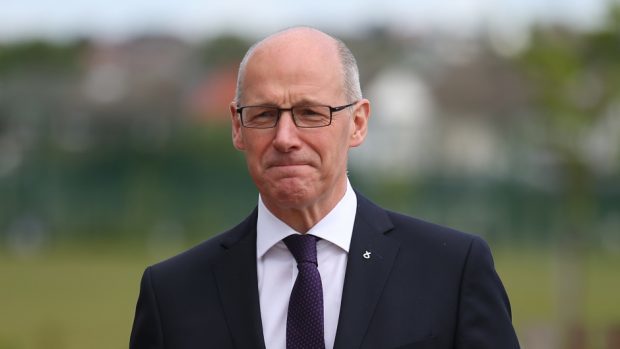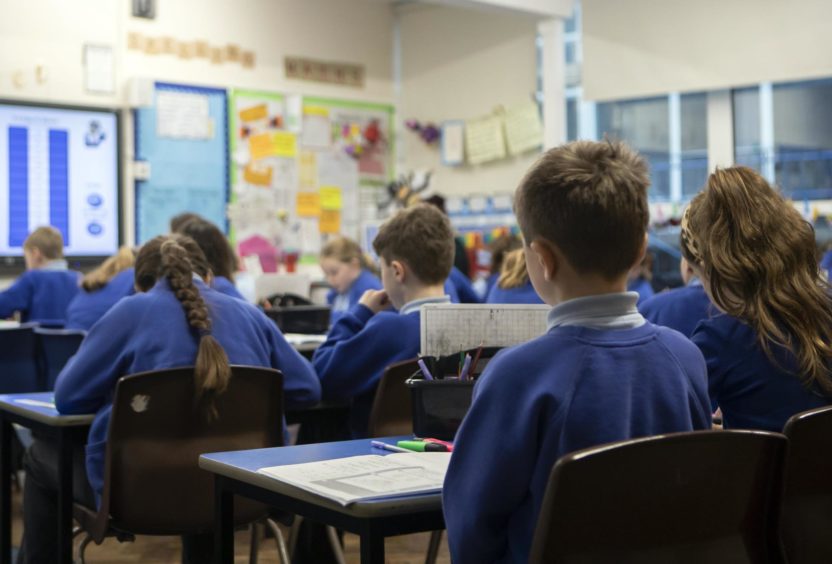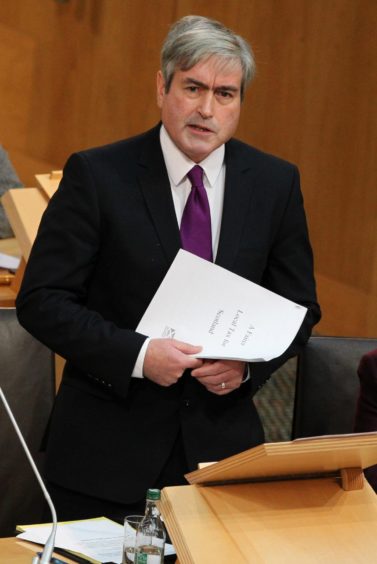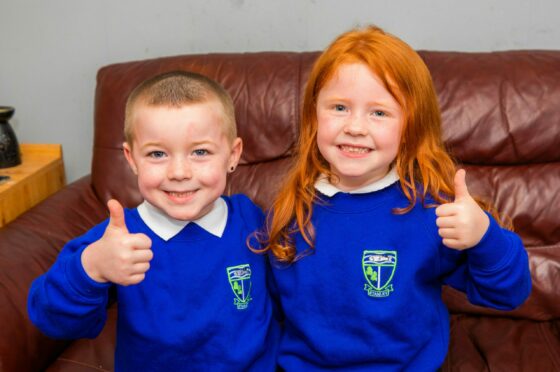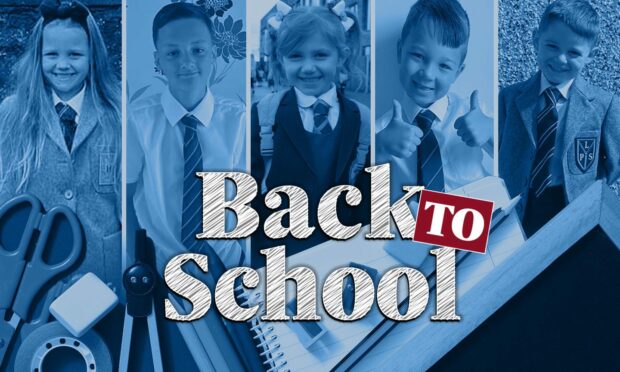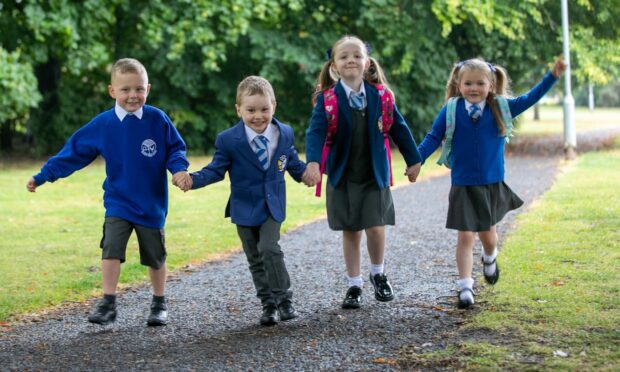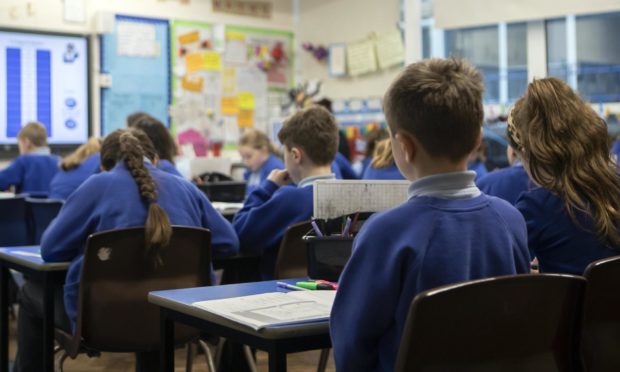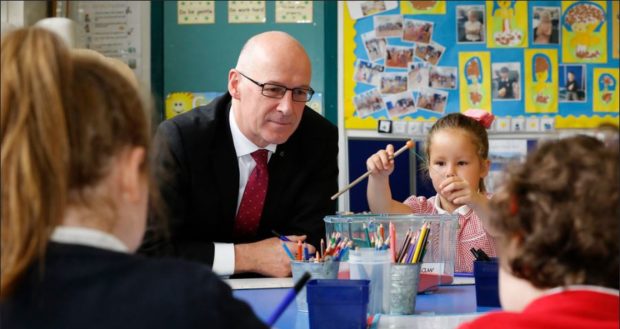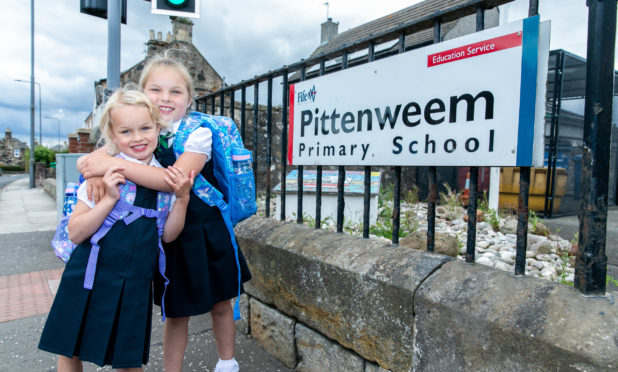The final decision on whether children will return to school in August “as normal” will be made next week, the education secretary has said.
Giving a virtual update to Parliament, John Swinney said a further announcement and guidance will be published on July 30 confirming when primary and secondary school pupils can return to classrooms.
He also announced that half of the £100 million in funding announced earlier in the summer will be ring-fenced for the recruitment of 850 teachers and more than 200 additional support staff.
However, Labour education spokesman Iain Gray said that amounted to less than half-a-teacher per school in Scotland and questioned why a recruitment announcement was not being made until weeks before pupils return.
Education bodies welcomed the ring-fencing announcement in general, with the Scottish Children’s Services Coalition calling for a tailored plan for children with additional support needs (ASN).
Pupils returning to school buildings will not be expected to wear masks, with the Scottish Government saying the “evidence” showed they were not needed for younger people.
School transport vehicles, including hired buses, will be seen as “an extension of the school estate”, meaning pupils travelling to school will not be required to social distance.
Primary pupils will not be required to socially distance, but older pupils may because of “unclear” evidence on transmission.
Money for school workforce to aid education recovery
Mr Swinney said: “I want to express my appreciation to parents and carers for their support to young people, to the teaching and wider workforce across Scotland for their efforts to sustain education and to children and young people for their resilience during this difficult period.
“All of the school workforce have a crucial role to play in our education recovery mission, and it is vital that they are supported to do so.
“The ring-fenced £50 million funding to recruit more teachers and support staff will enable schools to intensify support for children and young people as they return to full time face-to-face education and help to mitigate for learning loss.
“The final numbers will be dependent on the precise mix of staff recruited and the needs of children and young people.
“The £20 million funding recognises the extremely valuable work of our school cleaners, facilities management and school transport staff, who are essential to the successful delivery of education in Scotland and to whom I want to pay tribute today.
“I also mentioned in my statement on the June 23 that we would be seeking the assistance of the youth work sector in supporting those families and communities who need it most.
All of the school workforce have a crucial role to play in our education recovery mission, and it is vital that they are supported to do so.”
John Swinney
“The sector will receive £3 million of investment because it has continued to support and engage children and young people throughout the pandemic, including using digital technology and outreach work to mitigate the impact of Covid-19 on children and young people’s mental health, learning and development.
“While this funding should provide local authorities with the assurance they require to progress plans immediately, we will continue to work with COSLA to understand the additional costs associated with the school re-opening guidance that each local authority is facing, and how these can be addressed alongside any loss of learning.
“We are currently developing guidance, with our partners in the ERG, on health mitigation and precautions that will be in place to allow schools to fully re-open in August and a final decision on school re-opening will be announced on July 30.”
No “route map”
Labour’s Iain Gray said councils and local authorities deserved more support and more notice.
He added: “Schools are due to open just over two weeks. Yet we still have no final decision, councils still don’t actually have the resources they need and guidance on risk reduction is still being written.
“Government has never had a route map for the return of schools, and they still don’t – they still look as if they are making this up at the last minute. The additional teachers announced today amount to less than half a staff member per school and councils have two weeks to recruit them.
“Hundreds, perhaps thousands of newly qualified teachers, probationer teachers, supply teachers and retired teachers who all want to help get our schools back still cannot get a job. Surely we need every available qualified teacher we can?
“How ready are we really? How many additional teachers have actually been recruited? What proportion of school buildings have actually risk assessed for pupils’ return? As for mitigation, we are all, all of us over the age five, wearing face coverings in shops – can it really be the case that nobody is to wear them in schools?”
Tailored plan required
A spokesperson for the Scottish Children’s Services Coalition said: “We welcome the recruitment of new teachers and additional support staff to help cope with the new demands of Coronavirus when children return to school next month.
“For those with additional support needs, the impact of returning to school will prove particularly disruptive but we need to go beyond the recruitment of additional support staff alone, which of course helps greatly. What is required is a tailored transition plan so those with ASN get the smoothest possible return to school.
“This requires every teacher or member of staff looking at the individual child, their circumstances and needs and making sure their return to school is as seamless as possible
“That individualised approach might mean going back to school early, having a little more time to figure out what classroom spaces look like or might be about teaching strategies and thinking about how to engage the children.”
